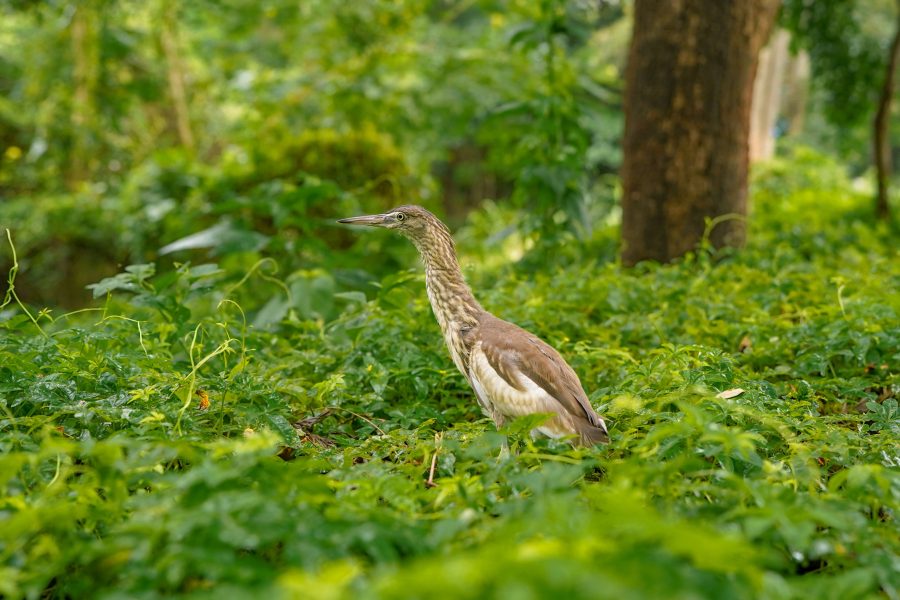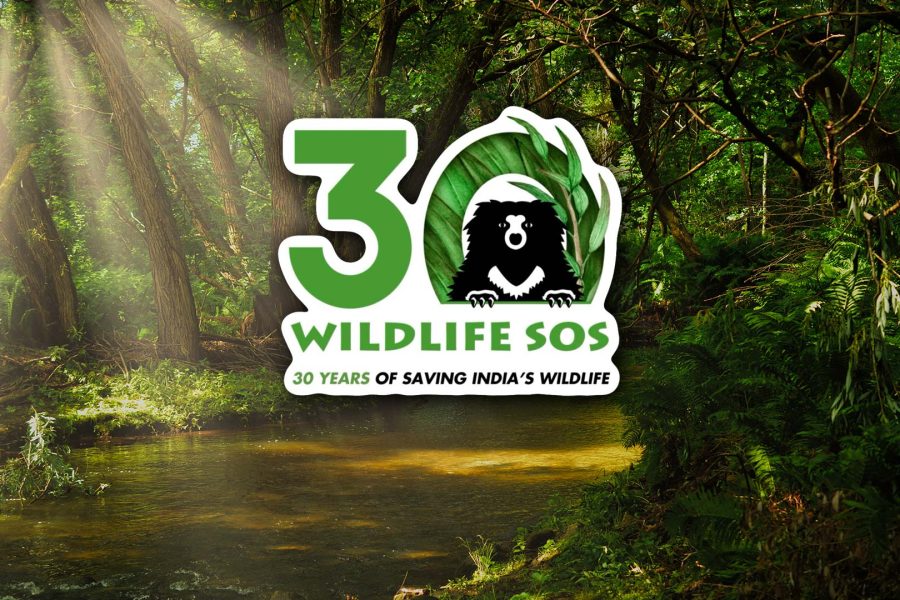Tumbling down from Aligarh, the stream diverges out of the mighty Yamuna and traces its way through the state of Uttar Pradesh, feeding habitats that support people, plants and animals along the way. As it approaches the Vajipoor region, the stream is diverted into a series of smaller channels that trickle through the local villages, irrigating the paddy fields that support the residents.
The main water channel shrinks drastically as a result and the forests and populations of wildlife on its banks, which depend on the water for their survival, are slowly vanishing.
A six-feet long crocodile, perfectly adapted to hunting in the habitat in which it had lived its entire life, had off-late found itself faced with increasing biotic pressure and a severely depleted prey base. In desperate search of food, the crocodile carefully found its way through the intricate network of waterways that criss-crossed through the paddy fields of Allampoor, knowing that easy prey awaited it in the villages, in the form of local livestock. It hadn’t anticipated being discovered by human beings first, and certainly did not realize the threat to its life that would result out of this desperate search for food.
When the villagers discovered the crocodile, it was half hidden in the tall fields, but was unmistakenly a magarmach or crocodile. A glimpse of the large reptile was enough to cause immediate panic in the village, and chaos ensued- culminating in a desperate attempt to capture the animal.

District Forest Officer, Mahesh Dutt Sharma, knew who to call as soon as he heard the furor and discovered the cause. Wildlife SOS’ Agra rescue helpline number (9917190666) was already on his phone, owing to the numerous successful wildlife rescues carried out by the organization in the area.
A team was dispatched immediately, and the rescue vehicle rattled down the roads to cover the 120 km from Wildlife SOS’ Agra Bear Rescue Facility to Allampoor.
When they reached, they found the crocodile trapped and tied, with terrible wounds serving as testament to the ordeal it had just undergone. The animal was in severe distress and the team had to act fast to get it out of danger and to the centre for the immediate medical attention it required.
Dr. Ilayaraja S. is Wildlife SOS’ senior veterinarian at the Agra Bear Rescue Facility. He got to work as soon as the crocodile was brought in to the operation theatre, immediately observing the severe trauma the reptile had undergone, with visible injuries on its head, hind limb and spine.
“Luckily, although the injuries seemed quite severe, the radiographic examination did not reveal any fracturing,” Dr. Ilayaraja informed us, “And immediate treatment of the wounds could be carried out.”

The director of the sanctuary, Wildlife SOS’ Baiju Raj M.V. reassures us that the crocodile is doing much better since the treatment, and will be released as soon as it has completely recovered from its ordeal. “The crocodile is eating very little right now, probably due to the trauma and stress incurred, but is showing signs of recovery,” he said, adding that they were hoping for an early release.
“The reptile was immensely lucky that the damage was not more severe, and that someone alerted the Forest Department and in turn, Wildlife SOS, so that it could be rescued in time.”
The reptile shall be released back into its natural habitat, once it recovers from its injuries.




